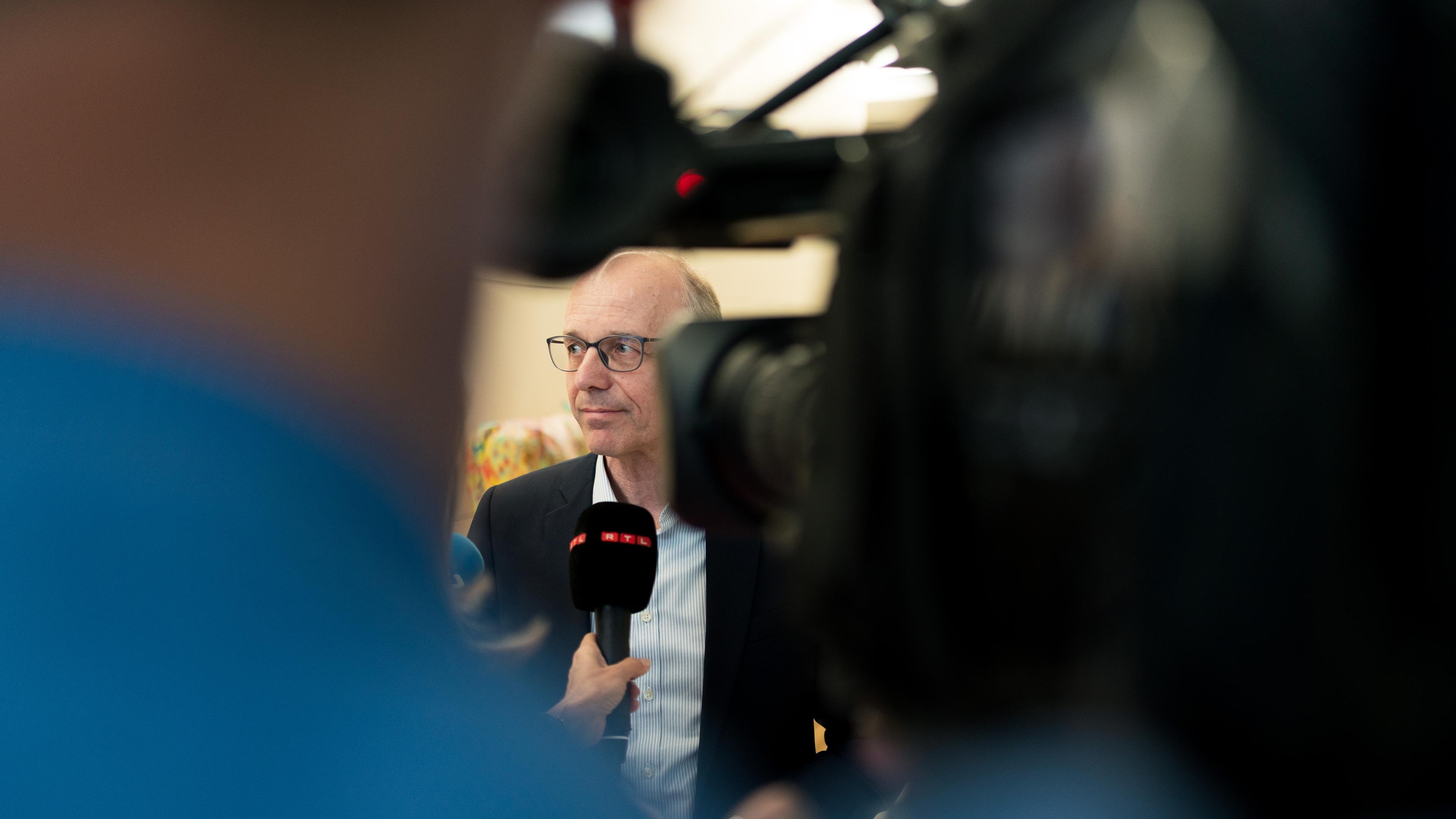So much deserve graduates from universities of applied sciences according to the survey

statistics
After this studies they earn the most
The median income of people with a university of applied sciences is almost CHF 113,000 per year. But there are big differences – not just between women and men.
Every two years, FH Switzerland, the umbrella organization of the graduates of universities of applied sciences, conducts an extensive wage study. It includes detailed data on the wage, work and further education situation of FH graders in all possible specialist areas.
Anyone who studies at a university of applied sciences can usually look forward to a higher wage later.
Where do the wage differences between men and women come from
It is also striking that women with a median wage of CHF 100,000 earn significantly less than men who earn CHF 123,916. Among other things, this can be explained by the fact that a majority of men work in private industries, more women in the public sector.
In addition, men can be found more often in the areas of “technology and information technology” and thus in industries whose wages are located in the upper segment. Women, on the other hand, are most frequently drawn to the healthcare industry, which can be found far below on the wage scale.
Most of the study participants work in specialist/specialist processing (41.8 percent). 27.4 percent have a job in the lower squad, 16.5 percent have reached the middle squad. At 14.2 percent, almost a seventh of all participants held a position in the upper squad.
This is how the position affects the wages
The majority of the survey participants work in the specialist/specialist processing or in the lower squad. The wage scissors between men and women are getting bigger upwards.
Whoever received a wage increase
Almost two thirds of the respondents were able to look forward to a wage increase this year. This confirms the general development as a result of inflation. Most of the increases (almost half of the respondents) are up to 5 percent. The proportion of those who do not have any wage development has increased noticeably to 33.4 percent compared to the wage study from 2023.
There were significantly more men than women. Seven out of ten women received a maximum of two percent more wages or no increase at all.
Nevertheless, the proportion of those who do not plan further training, like 2 years ago, is around 40 percent. A look at the results also shows that the will to continue training is greater in women than in men. Only 34 percent of women state that they do not plan further training, while it is a good 45 percent for men.








/s3/static.nrc.nl/wp-content/uploads/2025/05/19152726/data132331055-6d24ee.jpg)